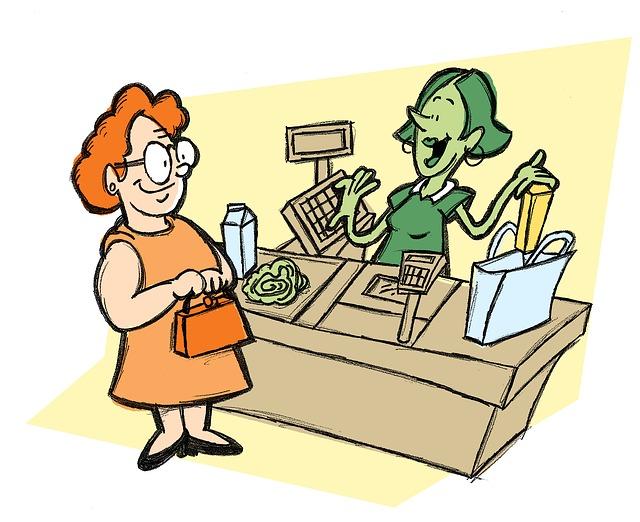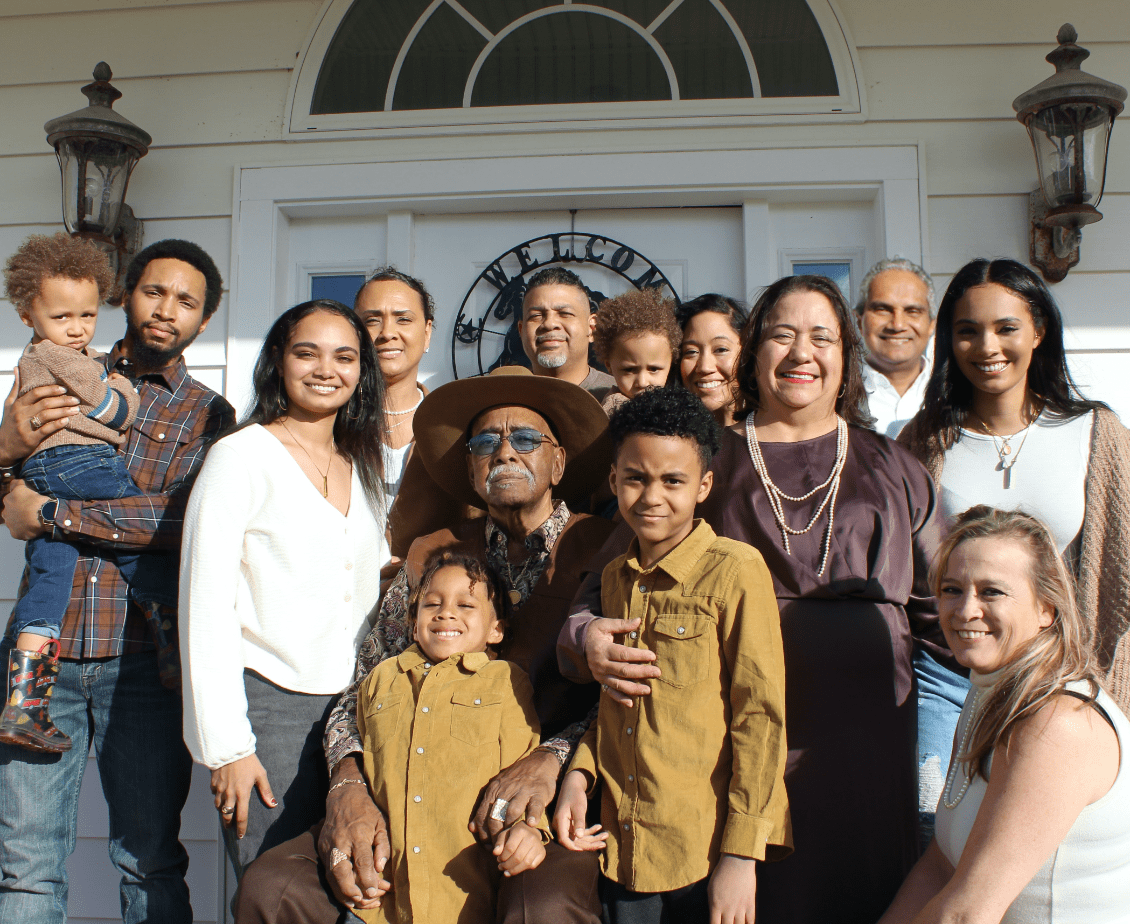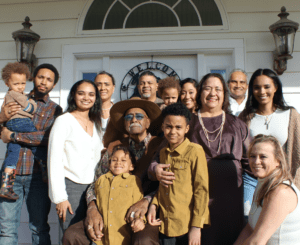What Causes so Many Fundraisers to Leave their Jobs?
Fundraisers report money is the number one reason they leave their jobs. While I do believe too many fundraisers are underpaid relative to their skill sets and performance, I’ve a strong hunch it’s not the real chief culprit for fundraiser dissatisfaction.
What is causing so many fundraisers to leave their jobs? Or leave the nonprofit field entirely?
Support. Culture. Infrastructure.
Or, to be specific, the lack thereof.
- Too little support.
- Toxic culture.
- No organizational infrastructure to facilitate philanthropy.
Alas, in interview after interview with fundraisers working in the trenches, I find these essential components of a productive and joyful work environment sorely lacking. This situation doesn’t usually arise out of malice. It’s born of a desperate lack of understanding about what it takes to manage people well. Of course, that’s a topic unto itself. But there’s something else that happens with people hired to work as development staff. And that’s what I want to address here.
Details


 13 happens to be my lucky number. I want it to be lucky for you too.
13 happens to be my lucky number. I want it to be lucky for you too.

 The Unfair Exchange
The Unfair Exchange
 When I think about nonprofit content marketing, one of my favorite marketing strategists is Jay Baer, author of
When I think about nonprofit content marketing, one of my favorite marketing strategists is Jay Baer, author of 
 People are more generous when they feel more connected.
People are more generous when they feel more connected.